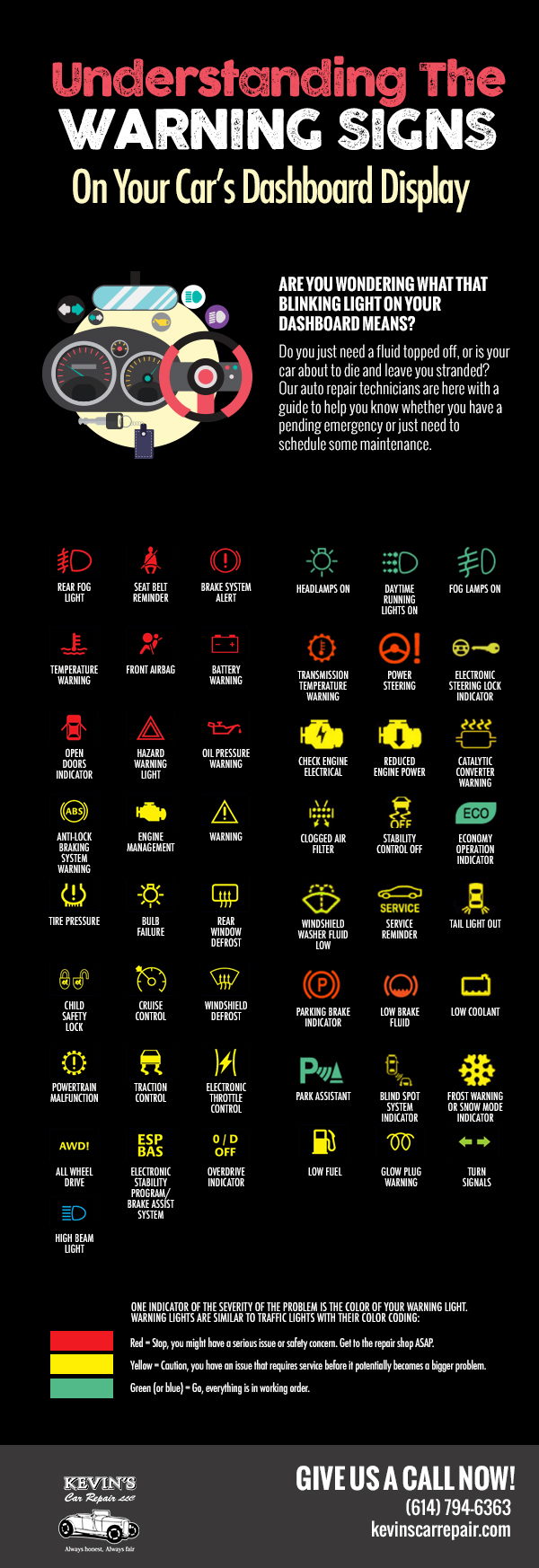The Crucial Demand For Ongoing Tire Upkeep: Just How To Properly Examine And Revolve Your Tires
The Crucial Demand For Ongoing Tire Upkeep: Just How To Properly Examine And Revolve Your Tires
Blog Article
Authored By-Dissing Stanley
Guaranteeing your tires remain in top condition is more than simply a regular task-- it's a safety necessary for every single trip you embark on. From keeping proper air pressure to checking for deterioration, the health and wellness of your tires straight impacts your vehicle's efficiency and your wellness when driving. But what are the crucial steps to require to keep your tires in prime shape? Let's explore the important aspects of tire maintenance that you should not ignore.
Benefits of Normal Tire Maintenance
Normal tire upkeep offers a variety of advantages that can enhance your driving experience and ensure your security when traveling. By keeping your tires properly inflated, you enhance fuel performance, conserving you cash at the pump.
Well-maintained tires also supply much better grip, decreasing the risk of accidents, particularly during stormy weather. Properly aligned and balanced tires result in a smoother experience, decreasing vibrations and enhancing overall car handling.
Consistently turning your tires promotes even step wear, expanding their life expectancy and saving you from premature substitutes. Additionally, maintaining the proper tire stress can stop blowouts and flats, lowering the possibilities of unexpected breakdowns when driving.
Tire Evaluation Standards
When checking your tires, it's critical to take notice of various key facets to ensure they're in ideal problem for risk-free driving. Beginning by inspecting the tire stress utilizing a stress gauge to guarantee it matches the manufacturer's recommended degree.
Check the step depth by placing a penny upside down right into the walk grooves; if you can see all of Lincoln's head, it's time for new tires. Seek any kind of indications of irregular wear, which might indicate alignment concerns or improper rising cost of living.
Look for cuts, protrudes, or cracks on the tire sidewalls, as these can bring about blowouts. Furthermore, take a look at the tire shutoffs for damage or leaks. Remember to evaluate all four tires, consisting of the spare if suitable.
Correct Tire Rotation Techniques
To ensure even wear and extend the lifespan of your tires, it's necessary to adhere to proper tire rotation strategies. Regular tire rotation helps disperse use uniformly across all 4 tires, advertising longer walk life and improving overall performance. Start by inspecting your vehicle's manual for the suggested turning pattern. Typically, front-wheel-drive, rear-wheel-drive, and all-wheel-drive vehicles have different rotation patterns to represent varying wear patterns.
For most vehicles, the suggested tire rotation interval is every 6,000 to 8,000 miles, however this might vary, so it's important to consult your handbook.
When turning your tires, swap the front tires with the rear tires, relocating the left back tire to the left front position and the other way around. Remember to also go across how much does it cost to repair car ac to the opposite sides when moving them to the front. This easy yet efficient turning strategy assists guarantee that all tires put on evenly, maximizing their life expectancy and keeping ideal efficiency.
auto mechanic school
Make sure to prioritize normal tire maintenance to maintain your vehicle running smoothly and safely. By helpful resources to straightforward examination standards and appropriate turning techniques, you can extend the life-span of your tires, boost fuel efficiency, and boost general efficiency on the road. Do not overlook the significance of caring for your tires - it's a little effort that can make a huge distinction in your driving experience.
